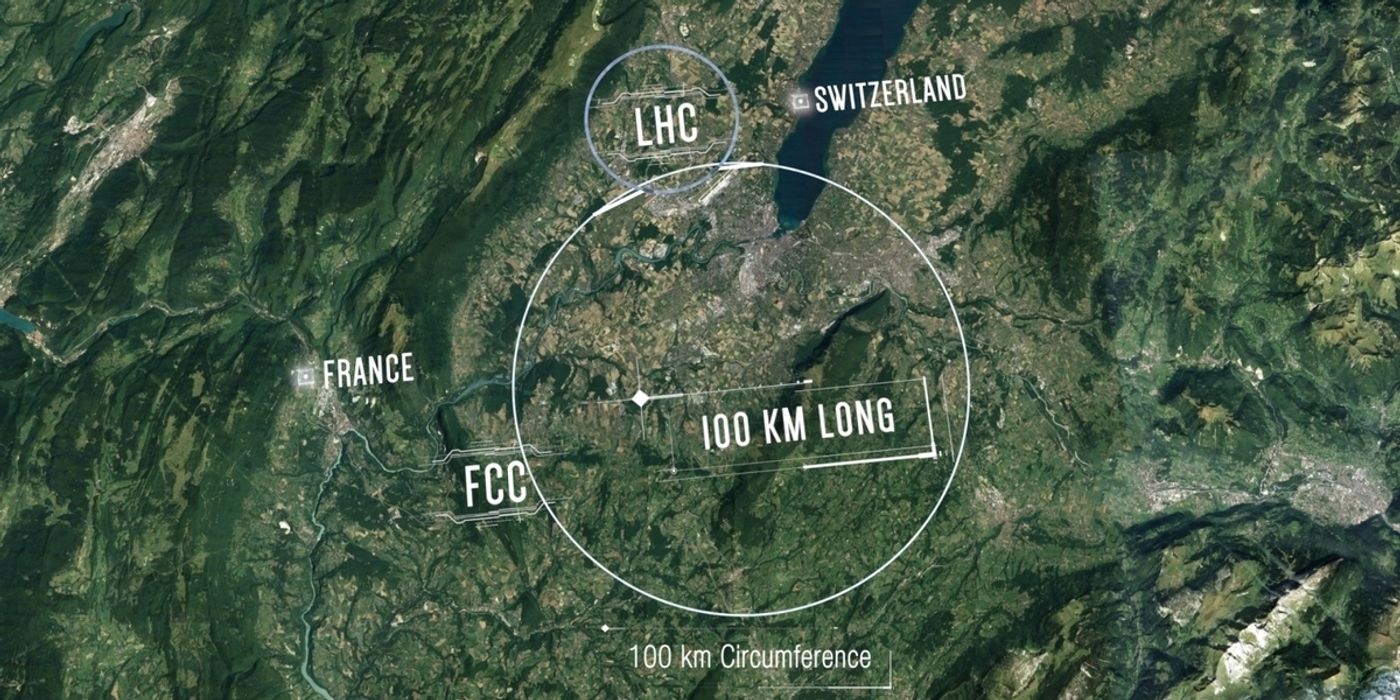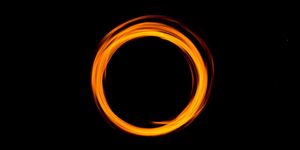Bigger Isn't Always Better: CERN's Super Accelerator Plan Stirs Intense Debates
Let's dial the clock back to 2012.
The year was marked by a major scientific breakthrough — the discovery of "God particle" Higgs boson took the world by storm. It was a stellar achievement by highly dedicated scientists and engineers working at CERN, the European Organization for Nuclear Research.
They owed their success to the Large Hadron Collider (LHC), the world's largest high-energy particle collider, and the biggest human-made machinery. Lying in a circular tunnel 27 kilometers (17 mi) long and 175 meters (574 ft) underground, the LHC is the crown jewel of the particle physics.
In the following years, while the world was still immersed in the exhilaration of the sensational finding, which underpins the reason why some particles have mass, the excitement within the physics community quickly faded away. The ATLAS and CMS collaborations, the two main groups of researchers who made the first discovery of Higgs boson using the LHC, ran into a roadblock nobody saw coming. Despite decade-worth collision experiments and multiple instrument upgrades, they still cannot find supersymmetric partners of ordinary particles, which are predicted by the Standard Model of physics.
CERN's Ambitious Plan to Build the Largest Particle Smasher Ever
Now physicists are at the crossroad. Should they continue to pursue the similar research methodology but at a grander scale, which involves building an even larger particle collider? Or resort to different types of experiments and instruments entirely?
CERN, who is behind the design, construction, and operation of the LHC, is leading the charge for planning the Future Circular Collider (FCC), a next-generation particle accelerator that's going to significantly "outshine" any colliders that came before it.
The proposed FCC will be situated close to its predecessor, the LHC, inside a 100 kilometers (62 miles) tunnel. With the maximum collision energy of 100 TeV (almost ten times of the LHC) and total energy value at 16.7 GJ (about 30 times of the LHC), the FCC is expected to create a much higher energy and collision rate that can potentially help scientists find evidence for dark matter, explain the abundance of matter over antimatter, and even measure the masses of the neutrino, a tiny ghostly particle that was once thought to have no mass.
However, many in the community do not share the same vision. Sabine Hossenfelder, a theoretical physicist and pundit of contempary physical theories, made her doubts on the FFC plan clear: "a bigger particle collider is one of the most expensive experiments you can think of, and we do not currently have a reason to think it would discover anything new."
The megaproject has a formidable price tag of 20 billion, based on the current estimate. The high cost partially reflects the stagnant development of collider technology. To achieve higher kinetic energies in particle collisions, today's scientists have little options but to building bigger machines with more power-consuming magnets and longer beam routes (tunnels), argued the fierce critic.
Alternative methods in high energy physics experiments are on the horizon. These most promising technologies could, at a comparable odd of success, bring breakthroughs, but with a much less expensive ticket.
This does not even take into account another prominent theory that can also revolutionize how we see our universe. The currently invisible components of our world could be made of weakly interacting particles, which cannot be explored with high-energy particle smashing experiments.
For those whose fields rarely intersect with physics, the inevitable question behind the big-ticket FCC project is: can we use the same funding for mitigating imminent threats to our existence, such as climate change, pollutions, poverty and inequality, and global pandemics?
Indeed, the quests for knowledge and reasons should not be pitched against each other. But Hossenfelder ended her recent commentary on Scientific American with a piece of advice that all humanity can benefit from.
"It's about time society takes a more enlightened approach to funding large science projects than continuing to give money to those they have previously given money to. We have bigger problems than measuring the next digit on the mass of the Higgs boson."
Sources: Vox/Scientific American









